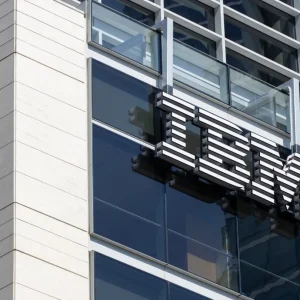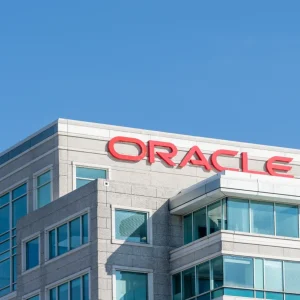
Spending on robotic process automation is expected to grow by 50% by the end of next year, after Covid-19-spurred demand for automation but forced CIOs to put their RPA projects on hold. And organisations will use the technology to serve a broader range of business needs, analysts predict, as they integrate it with other technologies.
A recent study by IT analysts Everest Group predicts the RPA software market will grow at a compound rate of 45%-50% until the end of 2022, reaching a total size of $3.4-$3.6bn. Gartner sees a similar trend, forecasting 20% growth in RPA this year.
Everest increased its previous prediction of 30-35% growth as a result of Covid-19, which stoked demand for automation but forced companies to delay their projects, says Amardeep Modi, practice director at Everest. These projects are likely to come to fruition over the next 24 months.
“RPA is not seen as a mainstream activity for many organisations, so we saw some deals get delayed in 2020,” he says. “Though the need for automation increased, the ability to adopt new systems or buy additional licenses was hit. This has created a pent-up demand for automation.”
The changing role of RPA in businesses
Everest’s study, which drew on a global survey of enterprise IT buyers, also identified slight changes in the drivers to the adoption of RPA, which can broadly be defined as the use of software to automate business processes, particularly repetitive tasks such as sending set responses to emails or processing transactions. In 2019, the most important factor for buyers was cost reduction, but in 2020 this was overtaken by a desire to increase operational efficiencies and boost employee productivity and experience.
Modi says this changing role of RPA reflects a realisation from IT leaders that automation needs to be implemented as part of wider digital transformation of processes to make the most of the technology.
“Three or four years ago RPA was the key lever to automate specific tasks, and that delivered great [cost] benefits,” he says. “But the problem with using it on a standalone basis was that, while it worked well for low-hanging fruit, scaling for higher-level processes was more difficult.”
Modi adds RPA reached an “inflection point” in the past year. “People have started taking a more holistic view, and realising you need to combine RPA with other technologies like artificial intelligence, process orchestration and process mining to scale beyond these low-hanging fruit,” he says.
A robot for every worker
Guy Kirkwood, chief evangelist at RPA vendor UiPath, says the company is seeing the technology move beyond back-office processes and into the day-to-day workflows of employees.
“You can broadly split automation into unattended automation – taking the stuff no-one wants to see again and automating it – and attended automation, helping humans do stuff they want to do,” he explains. “Unattended automation has been around since 2002, but what we’ve seen in the last year is that the volume of licences being purchased for attended automation has overtaken unattended for the first time.”
This move will be catalysed by the ongoing shift to widespread remote working, Kirkwood predicts. “If you look at the changes caused by Covid-19, with many more people working remotely, there’s a need for automation to move onto the desktop to help people,” he says. “The commercial reality is that RPA needs to find a way to help people working from home in the same way it helps those at their desk in the office.
“We think a robot for every worker is something that will happen, and is already happening in some organisations.”
Everest’s research shows that RPA is still mainly deployed in its traditional core industries, such as finance, facilities and administration, and HR.
However, Kirkwood says the pandemic has seen other industries, such as healthcare, opening their eyes to the potential of automation. “The Mater Hospital in Dublin is now using RPA to do the administrative work nurses used to have to do,” he says. “This has given every single nurse an extra three hours a day to spend on front line services and patient care rather than paperwork.”
Big Tech eyes RPA
This growth in adoption and changing role of RPA has caught the attention of the IT giants, and Everest expects consolidation in the industry in the coming years.
“Merger and acquisition activities are expected to further intensify, with several large tech players entering the vendor landscape,” the report says. “The entry of Big Tech players is driving unlimited usage-based pricing models, exerting downward pricing pressure on the market.”
Last year, Microsoft acquired RPA specialist Softomotive, while IBM snapped up little-known Brazilian firm WDG Automation to boost its own RPA capability. Europe’s largest tech company, SAP, has been active in the space for the past two years since it acquired Contextor.
UiPath this week closed a $750m funding round which valued the company at $35bn. It is expected to go public in 2021 having filed for a listing in the US in December, and Kirkwood expects it will face more competition from tech’s biggest names in the coming years.
“Microsoft has built on their Power Automate platform by buying Softomotive,” he says. “I expect Google, Amazon and Salesforce to move into the market as well, and undoubtedly they’ll be looking at the emerging challenger organisations as potential acquisitions.”
Homepage image by Pixels Hunter/Shutterstock






